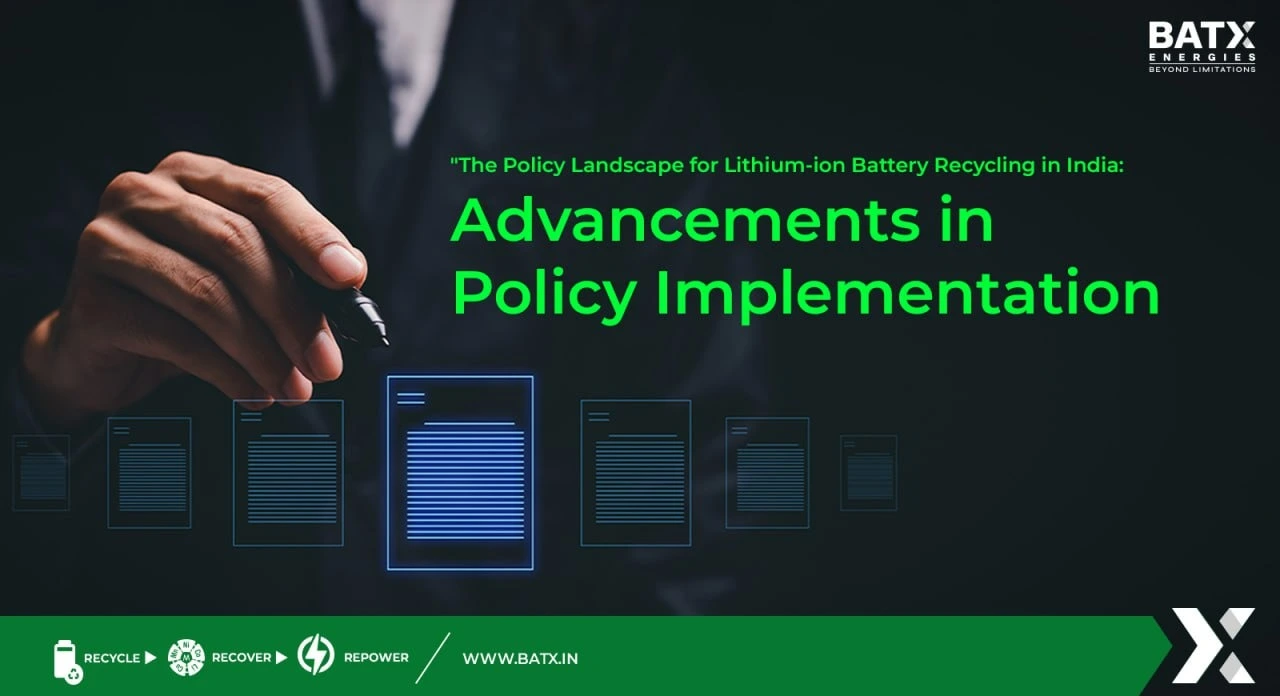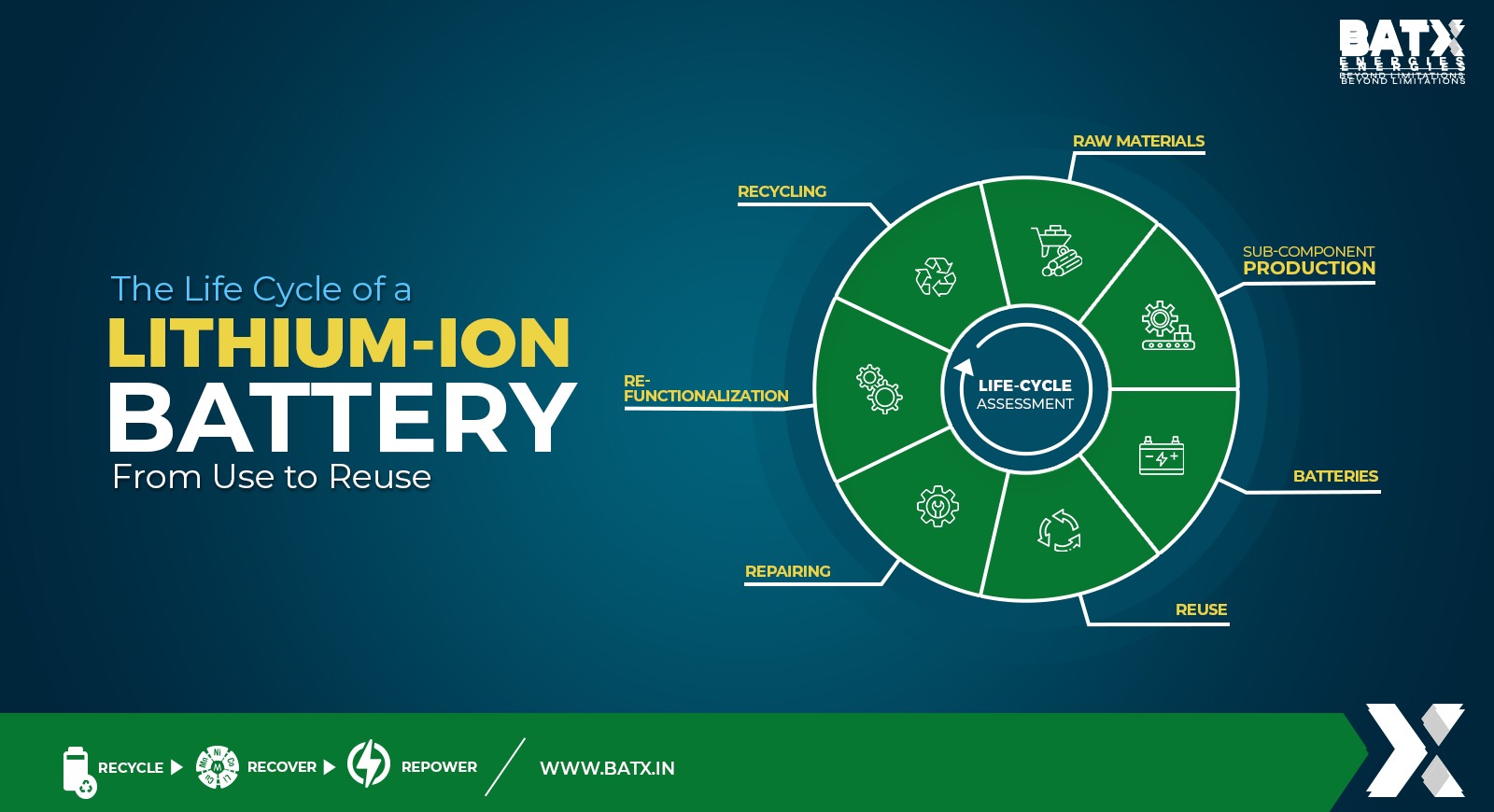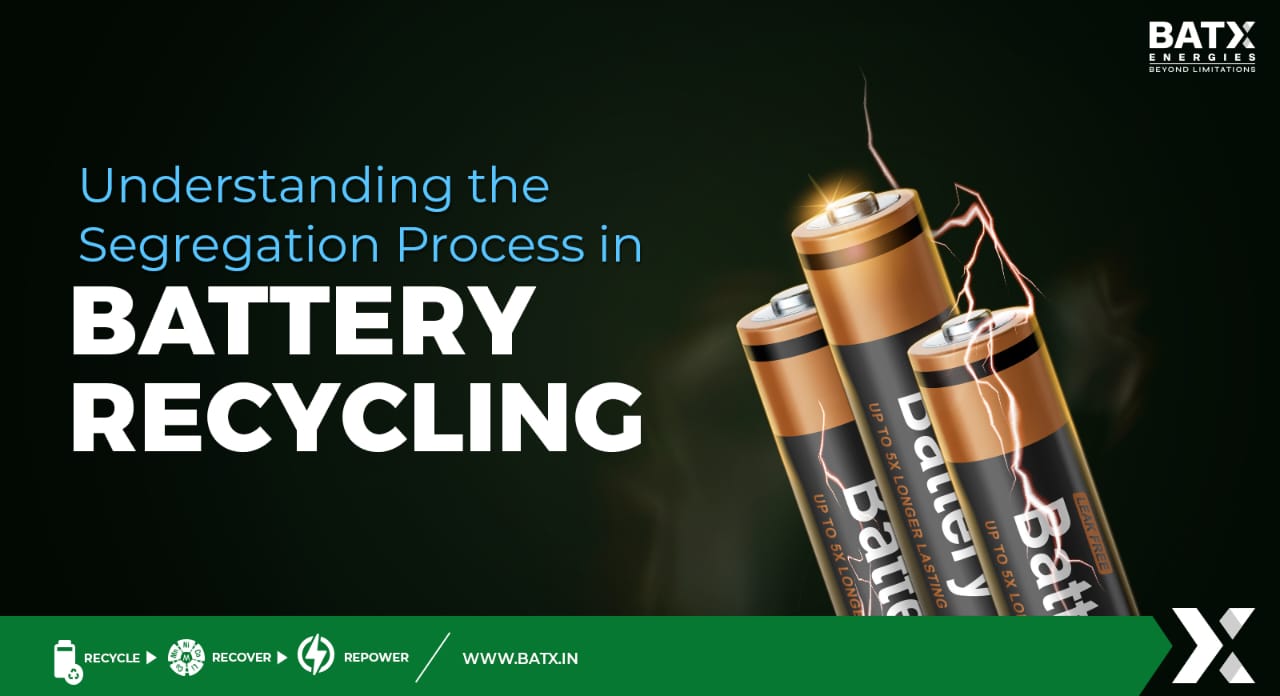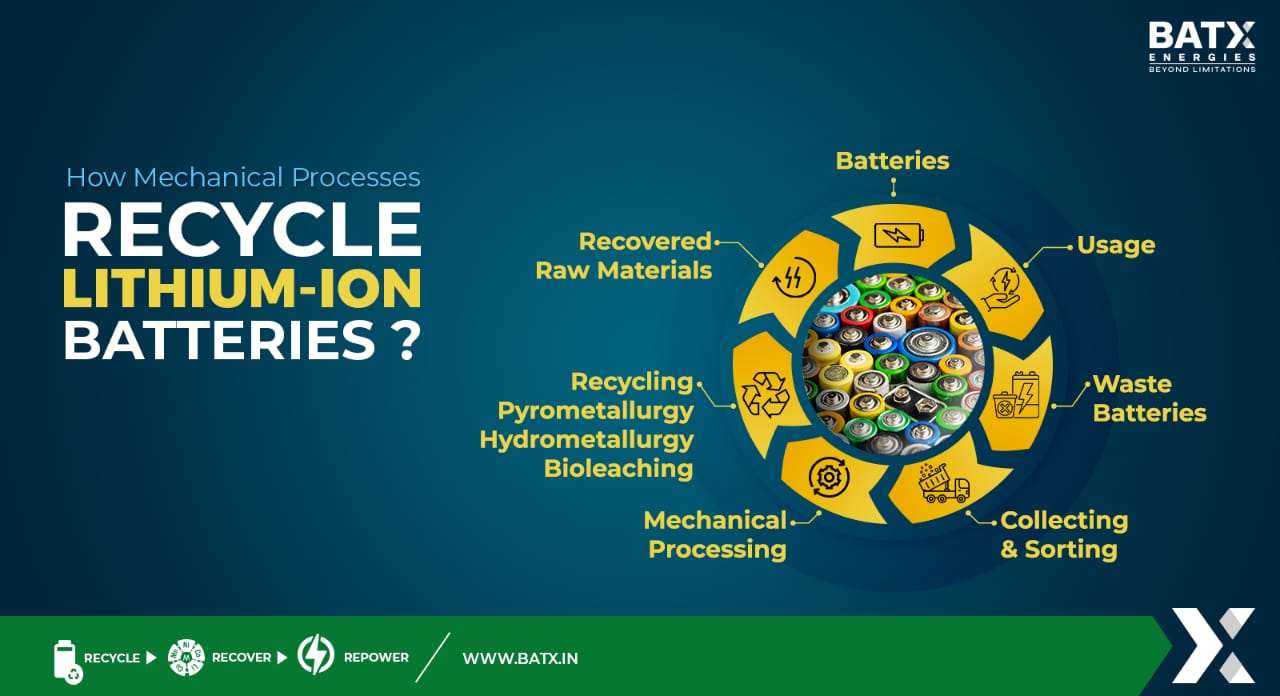Lithium-ion batteries powering everything from smartphones to electric cars have become integral to our daily lives. But with the increment in Lithium-ion battery usage, the demand for efficient recycling and disposal methods is also rising. And recognizing the paramount importance and utmost need for battery recycling, the government in India has introduced significant policies to foster the safe and environmentally sound management of lithium-ion battery waste. In this blog, we shall delve into the policy landscape for lithium-ion battery recycling in India, shedding light on the implementation challenges and possible recommended measures.
| Table of Contents The Policy Landscape for Lithium-ion Battery Recycling in India: Advancement in Policy Implementation Unveiling the Importance of Lithium-ion Battery Recycling India’s Battery Recycling Policies: Driving Sustainability and Responsible Waste Management Key Features of the New Policy 1. Extended Producer Responsibility (EPR) 2. Collection Infrastructure 3. Material Recovery and Resource Conservation 4. Standards and Certification 5. Awareness and Education Challenges in the Policy Implementation 1. Lack of regulatory standards 2. Absence of battery labeling 3. Lack of incentives Key Recommendations for Policy Implementation Success Standardization of LIBs in Battery Recycling Labeling System for LIBs Secondary Life Utilization Conclusion |
Unveiling the Importance of Lithium-ion Battery Recycling
In addition to being energy storage devices, lithium-ion batteries contain a wealth of precious and potentially dangerous elements, such as lithium, cobalt, nickel, and rare earth metals. Therefore, if these batteries aren’t properly disposed of, they can lead to dire consequences, including environmental contamination, resource depletion, and potential health risks. Hence, building an efficient recycling system is imperative to minimize their environmental repercussions, reclaim valuable resources, and ensure a sustainable battery production supply chain.
India’s Battery Recycling Policies: Driving Sustainability and Responsible Waste Management
Recognizing the significance of battery recycling, India has implemented crucial policies and regulations to prioritize the recycling of batteries and ensure responsible management of battery waste. The BMHR 2001 and E-Waste Rules 2011, 2016, and 2018 formed the initial framework for effective e-waste management, focusing on material recovery and reducing hazardous disposal. Building on this foundation, the draft Battery Waste Management Rules introduced in 2022 aim to establish a regulatory framework for the safe disposal and recycling of all battery types. These initiatives reflect India’s commitment to resource conservation and establishing a sustainable circular battery ecosystem.
Key Features of the New Policy
The new lithium-ion battery recycling policy of the Indian government intends to provide a thorough structure for gathering, transporting, and recycling these batteries. Let us get an insight of the key features of the policy:
1. Extended Producer Responsibility (EPR)
The policy introduces the concept of Extended Producer Responsibility (EPR), which compels Indian manufacturers and importers of batteries to take on additional responsibility for efficiently managing batteries throughout their lifecycle. The EPR regulations are designed to ensure that batteries are collected at the end of their lives and recycled by registered recyclers. By making EPR compulsory for Indian manufacturers and imported products, the policy encourages these stakeholders to adopt eco-friendly procedures and invest in recycling infrastructure.
2. Collection Infrastructure
The policy strongly emphasizes the creation of authorized recycling facilities, drop-off locations, and collection centers around the nation. These locations will serve as collection centers for end-of-life batteries, guaranteeing their correct disposal and keeping them out of the unregulated market.
3. Material Recovery and Resource Conservation
The policy emphasizes how crucial it is to salvage and reuse functional components from depleted batteries. It promotes the creation of a circular economy and state-of-the-art recycling techniques to recover metals like lithium, cobalt, and others, decreasing reliance on primary supplies and mining’s adverse environmental effects.
4. Standards and Certification
The policy necessitates formulating standards and certification procedures for battery recycling facilities, guaranteeing that the recycling methods adhere to environmental and safety standards and that the recycled materials can be seamlessly reintegrated into the manufacturing supply chain.
5. Awareness and Education
The policy underscores the need for public awareness campaigns and educational programs to foster responsible battery disposal and recycling practices. These initiatives seek to promote environmental awareness and motivate people to engage in battery collection campaigns actively.
Challenges in the Policy Implementation
While the policies and regulations introduced by India demonstrate a significant step towards establishing a robust battery recycling framework, some challenges still need to be addressed.
1. Lack of regulatory standards
One of the major challenges in the policy implementation is the lack of regulatory standards for testing and classifying used batteries that could still have a secondary life and be used in other applications.
2. Absence of battery labeling
The draft rules do not mention labeling the batteries in the battery packaging, which would enable segregation and identification of the proper disposal technique, presenting another challenge.
3. Lack of incentives
Furthermore, the draft rules do not explicitly mention incentives for compliance, which could potentially affect the level of engagement from stakeholders.
Key Recommendations for Policy Implementation Success
To overcome these challenges and enhance the effectiveness of battery recycling, several recommendations can be considered:
Standardization of LIBs in Battery Recycling
Establishing standardization of LIBs, including battery chemistry and standardized battery forms based on their application, is crucial to streamline the dismantling process in recycling centers for improved recycling efficiency and effectiveness.
Labelling System for LIBs
Implementing a labelling system for LIBs that provides information about the specific recycling process will aid in efficiently segregating batteries during the recycling process.
Secondary Life Utilization
Exploring opportunities for the secondary life of LIBs is vital. Once LIBs reach 80% capacity in electric vehicle (EV) applications, their use can be considered in stationary storage applications, such as combining them with solar PV systems. Also, it is important to establish quality, safety, and performance standards for batteries planned for a second life in energy storage.
Conclusion
India’s commitment to battery waste management and sustainability is evident in its comprehensive policy landscape for recycling. Implementing the Battery Management and Handling Rules (BMHR), E-Waste Rules, and draft Battery Waste Management Rules reflects the government’s dedication to reducing pollution, reliance on imports, and promoting resource conservation. Although there has been a lot of progress, issues remain to be resolved, such as the lack of regulatory standards, the absence of battery labelling, the necessity for explicit incentives and penalties and no separate license for handling LIBs. By implementing the recommended measures, India can effectively overcome these challenges and establish a thriving battery recycling ecosystem.
As India moves toward a greener and more sustainable future, the effective implementation of such a policy framework would not only protect the environment but also open up new economic opportunities, improve resource security, and guarantee the well-being of its population.



